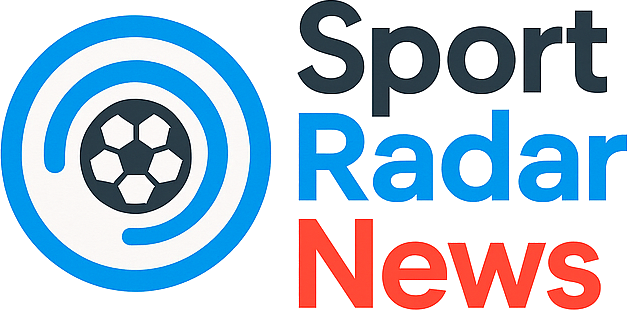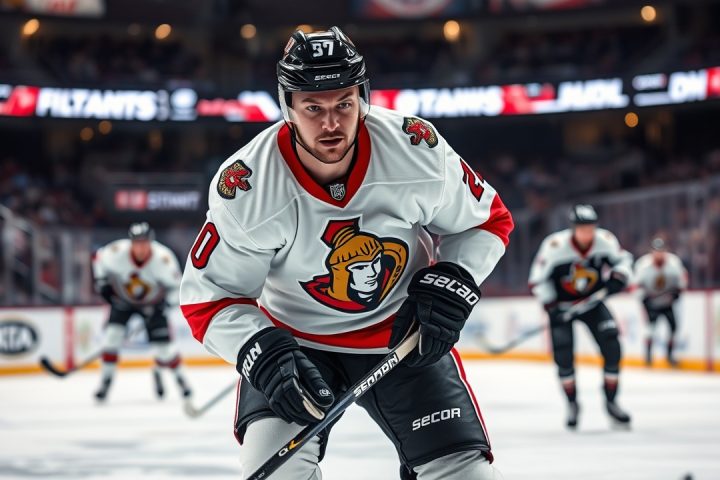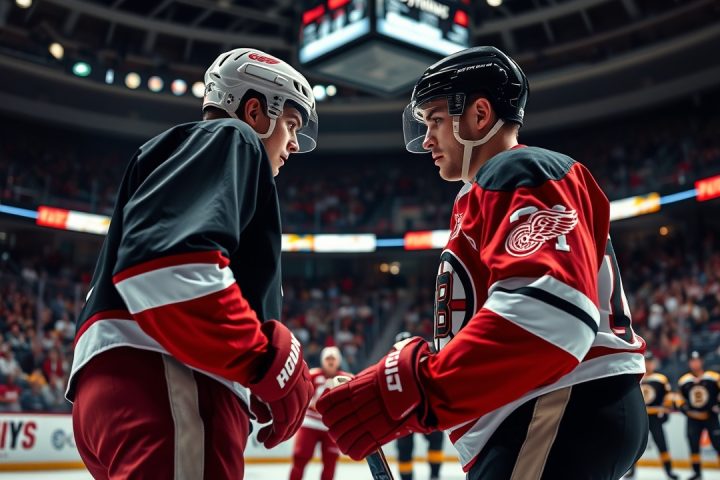NHL Free Agency Overview
As the NHL enters a pivotal phase of its offseason, the highly anticipated free agency period kicks off today at noon Eastern Time. This marks the first opportunity for teams to recruit players who are not currently under contract for the 2025-26 season. To prepare hockey enthusiasts for this crucial event, we’ve compiled an overview of what to anticipate, highlighting significant teams, players, and potential developments in the coming weeks.
Understanding Unrestricted Free Agency
In the NHL, a player qualifies as an unrestricted free agent (UFA) either after completing seven years in the league or upon reaching the age of 27. Additionally, a younger player may also enter unrestricted free agency if they have not received a qualifying offer from their current team, although such cases are infrequent and not expected to occur this summer.
Once players attain UFA status, they have the liberty to sign with any franchise willing to make them an offer. The maximum contract duration for these free agents is limited to seven years. However, if an UFA intends to remain with their existing team prior to free agency, they can negotiate an eight-year deal—this window closed on June 30 at 11:59 p.m. ET, paving the way for signings to begin today.
Different from leagues like the NBA and NFL, the NHL does not permit a pre-free agency negotiation period, making today a particularly significant moment for players and teams alike.
Salary Cap Implications
Another major aspect influencing team strategies is the salary cap, which sets financial limits on team rosters. The upper salary cap for the 2025-26 season has been set at $95.5 million, with the lower limit at $70.6 million. This reflects a $7.5 million increase compared to the previous season’s cap, which itself saw a rise of $4.5 million. After a period of stagnation during the pandemic, teams now have increased financial flexibility, with projections estimating further growth in the salary cap, potentially reaching $104 million by 2026-27.
Media Coverage and Market Dynamics
Various outlets in Canada, including TSN and Sportsnet, will be providing extensive coverage of the day’s events, even as the market appears depleted. U.S. viewers can tune in via ESPN+, which will broadcast the TSN coverage. The excitement around free agency has somewhat diminished as many star players, including Mitch Marner and Brad Marchand, have opted to extend their contracts with their existing teams, leaving some notable unrestricted free agents like Nikolaj Ehlers and Brock Boeser available as contingency options for teams.
Teams such as the New York Rangers and Pittsburgh Penguins are expected to be active in both free agency and on the trade market, especially as the Rangers aim to improve after a disappointing prior season.
Restricted Free Agents and Offer Sheets
To clarify, a restricted free agent (RFA) is typically one who receives a qualifying offer from their current team and does not meet the criteria for unrestricted status. Offer sheets can be templated contracts sent to RFAs, enabling other teams to try to pry players away—if a player accepts, the original team can match the offer or allow the player to depart, receiving compensation in the form of draft picks based on the contract’s value. Such instances are rare, as teams usually opt to retain desirable players through matching rather than risk losing them—to avoid compensation requirements and maintain good relations within the league.
Last summer, however, saw an exception when the St. Louis Blues signed key young talents like Dylan Holloway and Phillip Broberg from the financially constrained Edmonton Oilers. Despite Edmonton receiving compensatory draft picks, both players have since thrived in their new roles. Although last summer’s instance of poaching raised eyebrows, it is unlikely to become a common practice, particularly with the salary cap on an upward trajectory as teams regain pre-pandemic financial health.




